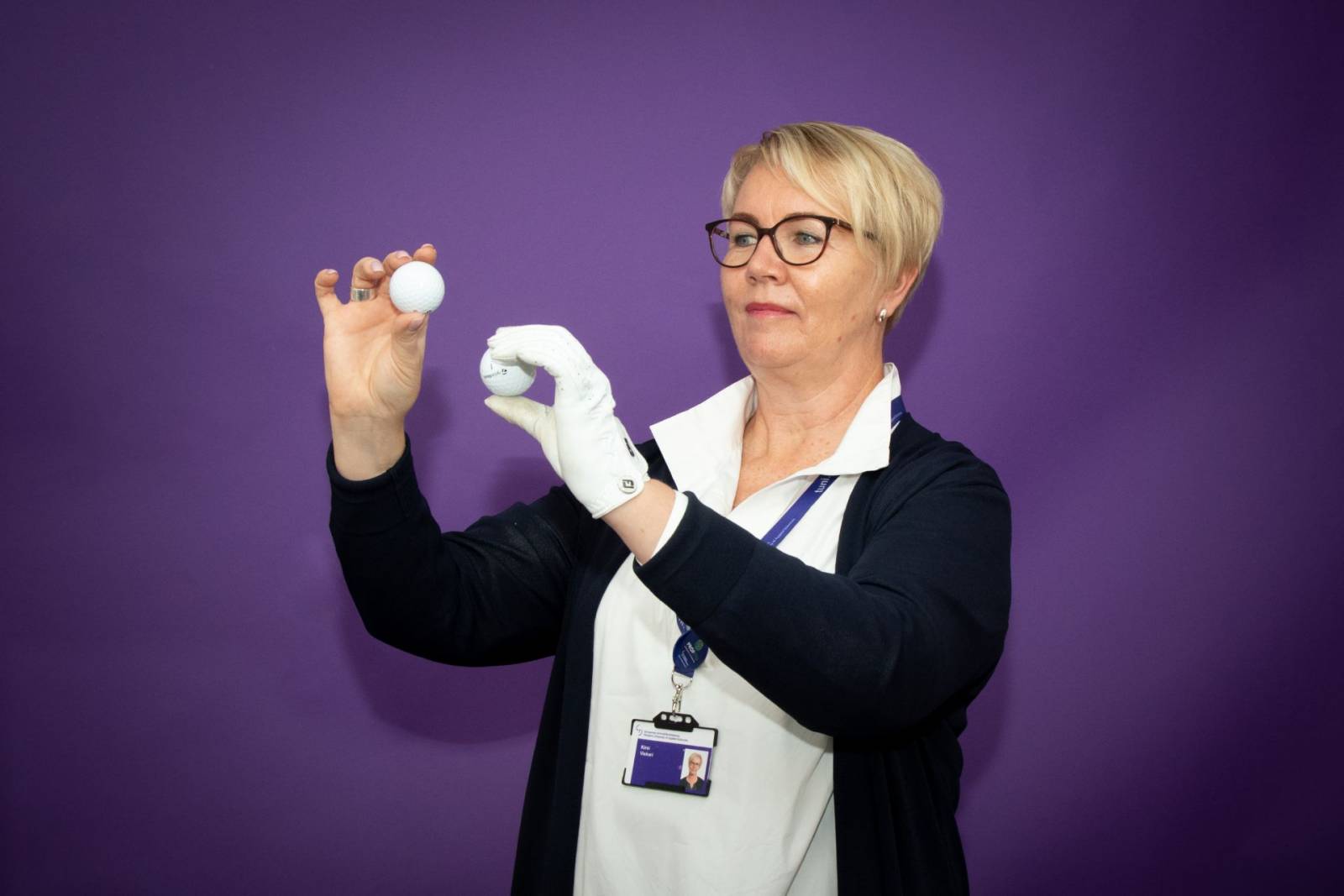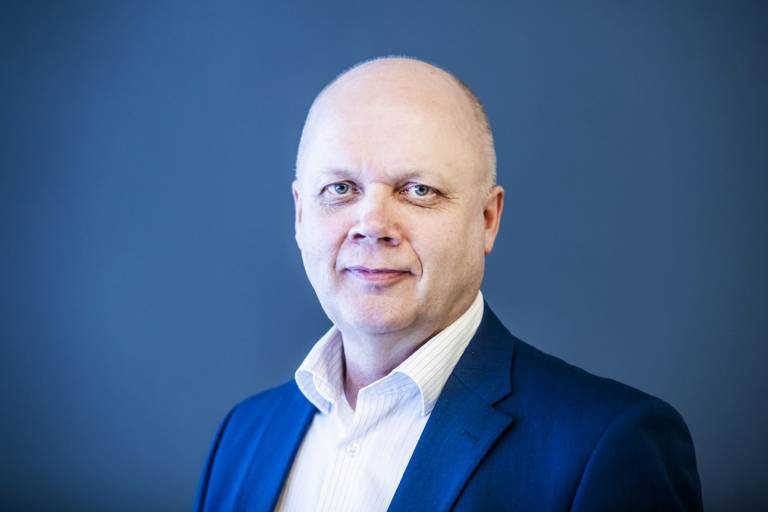Research, development and innovation activities are usually implemented as projects. Literature defines projects as something unique, being done for the first time, having a clear beginning and ending, using allocated resources, and planned according to the objectives set for them. Self-explanatory this includes a novelty aspect, and therefore means that learning of something new will happen. Learning happens to those involved in the project as well for those in the target group of the project.
Given the specific time frame requirement for projects, one could think that it also refers to the time frame for learning. That is a very limited perspective, as the learning happens already when planning the project as well as when utilizing the results of the project after its ending. Even when the project topic is a familiar one, the project context, people in the project and the nature of project work generates learning, whether we recognize it or not.
The best learning experiences come from difficult and challenging projects. Sometimes you need time perspective in order to recognize what you actually have learned. Hectic project implementation period demands to focus on project essentials, but after the project is over, time gives a more comprehensive view for learning evaluation and reflection. Learning also relates to soft skills, like problem-solving, stress management, self-orientation, group work, decision-making and creative thinking. These learnings are often not directly linked to the project itself, but can prove to be even more valuable in the long-term.
Research, development and innovation projects in universities of applied sciences are mostly demand-driven, work-life oriented and targeted to short or midterm result utilization. Learnings provided in this work are also practically oriented, such as how to develop new operating models, tools and similar. Taking these learnings into use also offers opportunities in daily work level. A good example of project learning utilization is to embed the learnings into education, as often the project people also teach at the same time. As a practical example of this is the genomic data utilization knowhow in personalizing customer work in health care. This knowhow was developed in an applied research project, and the learnings are utilized by several teachers in several degree programmes of health care in TAMK.
The best and fastest way to promote educational impact is to involve the students in the projects. Topics or themes of the project can be defined into tasks that can be embedded into courses or study modules. When this studification is done correctly, it doesn’t violate the funding regulations, but instead builds complementary resources that benefit from another. What the students do in these tasks, and what they actually learn, are two different things. This especially refers to the soft skills mentioned earlier.
In the constant change and faster development speed of the work-life and the skills needed there, all employees should possess a development-driven approach to their work. This concerns both the private and public sector, big and small organizations. When development orientation is nurtured already during the university education, it is not just a separate skill, but a mode of thinking.
When lifelong learning is becoming more and more important, what would be a better way to learn development-driven way of working than to act in development projects?
Kirjoittaja: Kirsi Viskari, vararehtori






Kommentit